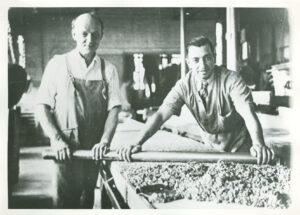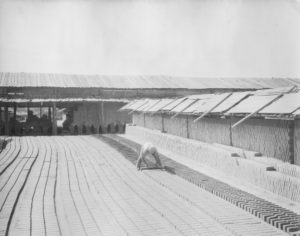Cambridgeport: Its People and Their Stories
By Michael Kenney, Winter 2011
Cambridgeport stands, geographically and socially, midway between East Cambridge and Old Cambridge, neither a traditional southern European enclave nor the remnants of Puritan New England. This issue of the Newetowne Chronicle focuses on Cambridgeport and its vibrant past through a collection of articles and a report on the celebration of that past on Cambridgeport History Day.
In the years before the First World War, the neighborhood was dominated by migrants from northern New England, “provincials” from Canada, and second-generation Irish. In the following years, the population growth leveled off before gradually rebounding. New national and ethnic groups arrived and, perhaps most significant, well-educated professionals moved into the traditional working-class neighborhood.
A look at the decline and regrowth of the area’s population is a useful starting point. The 1920 census counted 26,875 persons in the present Cambridgeport, plus much of what is now considered Area Four. The count was taken after major land-use changes had already occurred east of Brookline Street, where Simplex Wire & Cable Co. and the National Biscuit Co. had razed some houses during the previous decade. Along the neighborhood edges lay the Necco candy factory, the Riverside Press, and a Ford Motor Co. assembly plant.
Most useful for tracking the population change is the 1940 census count of 12,858 persons in an area closer to the neighborhood’s present boundaries. After declining into the 1960s, the population leveled off at 8,670 in 1980. It has climbed back with the construction of housing in the old industrial area and three public housing projects in the 1950s. The continuing replacement of industrial and commercial sites along the eastern edge by housing resulted in a count of 10,052 in 2000.
The 2010 census reflected the continuing infill of high-end residential construction with a count of 12,220. While a 21.6 percent increase from 2000, the number of children and teenagers declined by 6.5 percent. Further reflecting the neighborhood’s gentrification, the median household income increased from 1979 to 1999 by 66.4 percent while the citywide increase was 40.4 percent.
This article originally appeared in our Winter 2011 newsletter. You can see other archived newsletters here.




